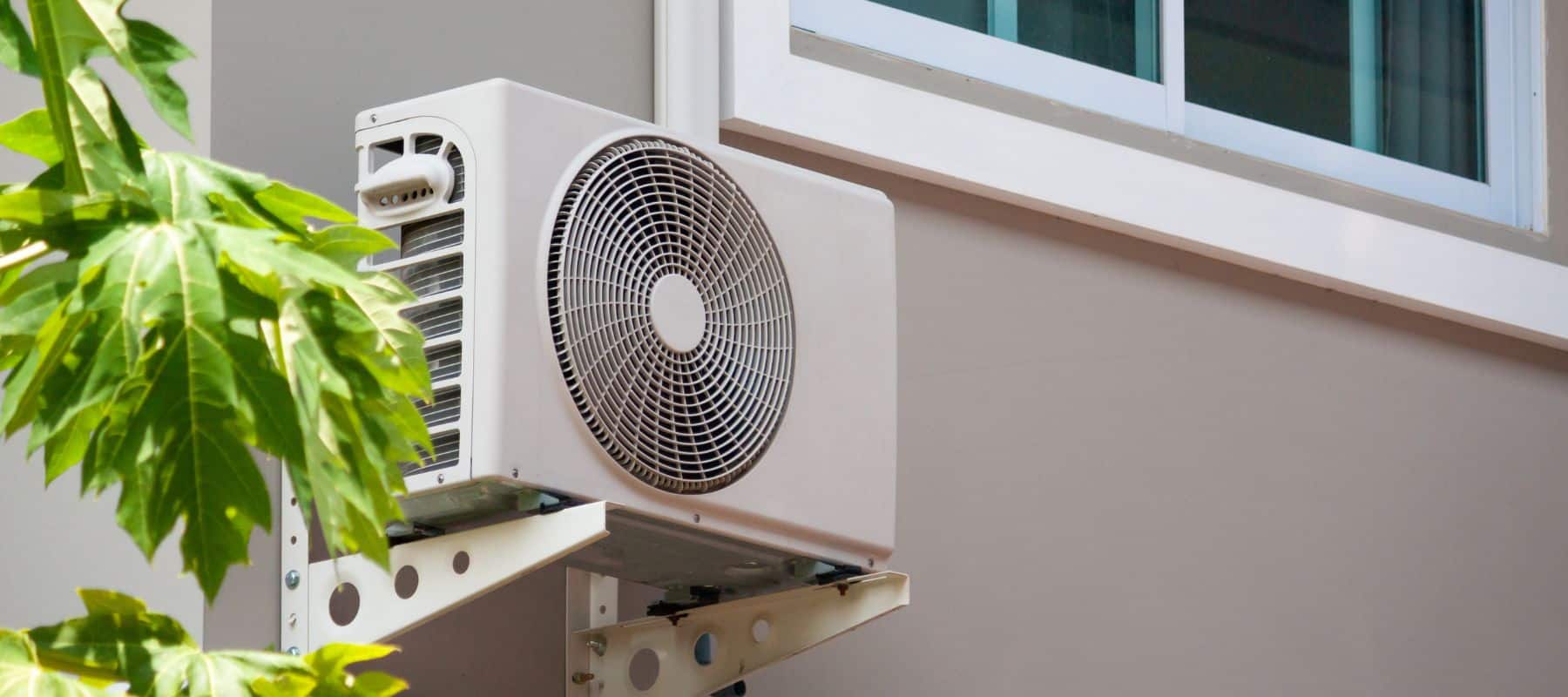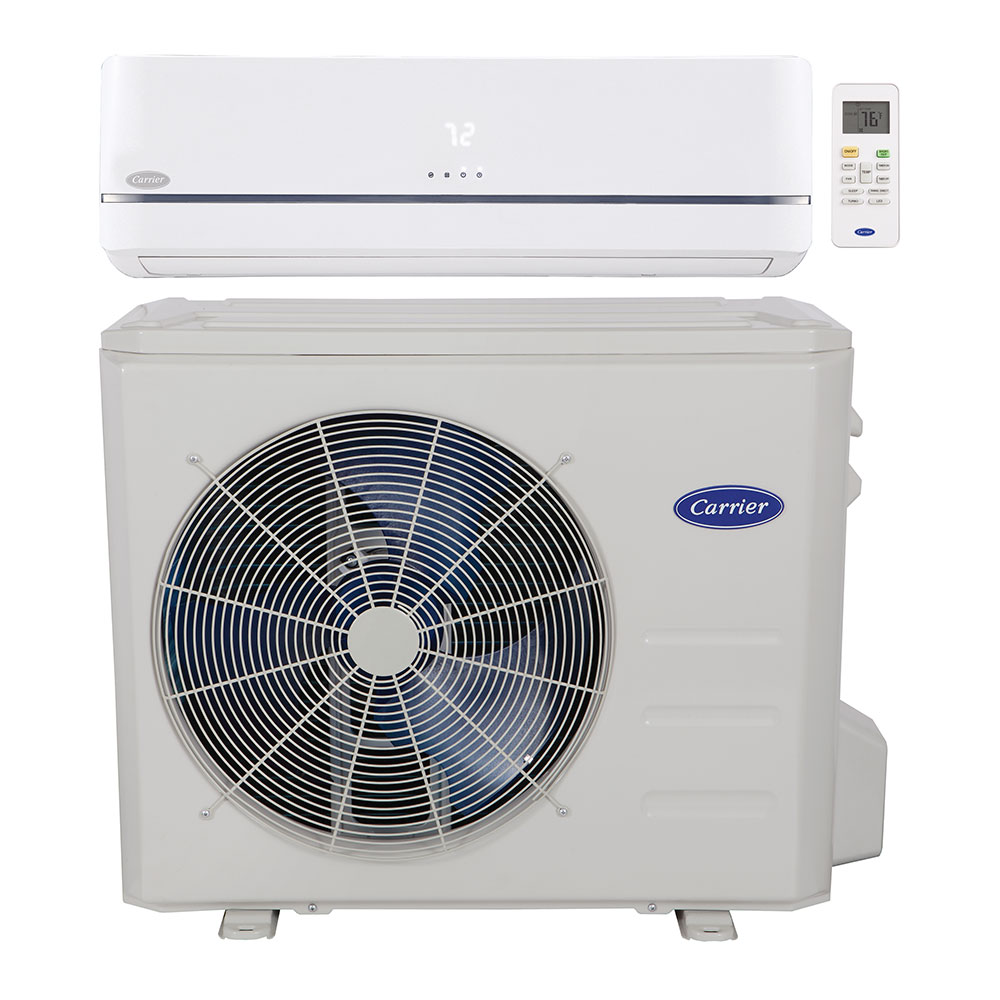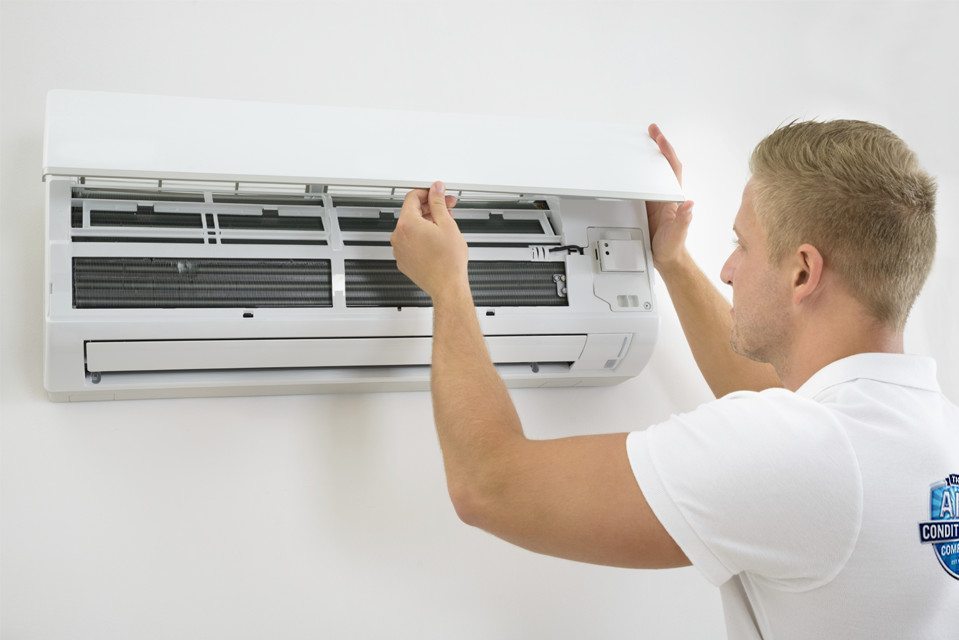A/c Services: Typical Issues in Skyscraper
If you've ever before encountered a situation where the air conditioning in your skyscraper appeared to be blowing cozy air in spite of the thermostat being readied to cool down, you may be accustomed to among the typical troubles dealt with in such frameworks.
However, this concern is just the pointer of the iceberg when it pertains to the intricacies of a/c repair work in tall buildings. Understanding the elaborate interaction between various aspects affecting heating and cooling systems in high-rises is vital for effective troubleshooting and maintenance.
Secret Takeaways
- Weak air movement in high-rises shows ductwork design concerns.
- Thermostat calibration is essential for exact temperature control.
- Refrigerant leaks effect effectiveness and call for punctual securing.
- Proper maintenance of condensate drain protects against clogs in high structures.
Poor Air flow

If you discover weak air flow in your skyscraper, it could be an indicator of underlying concerns with the air conditioning system. Common reasons for insufficient air flow frequently stem from air flow restrictions within the ductwork style. These limitations can take place because of various reasons such as obstructions, inappropriate sizing of ducts, or even bends and twists in the ductwork that hinder the smooth circulation of air.
Among the primary variables contributing to air movement restrictions is the design of the ductwork. Badly developed air duct systems can cause unequal distribution of air throughout the building, causing particular areas obtaining not enough air conditioning or home heating. In addition, inadequate insulation or leaky air ducts can further aggravate airflow issues, causing energy wastage and discomfort for passengers.
To address air movement issues effectively, it is essential to have actually the ductwork checked by a specialist cooling and heating service technician. They can recognize any kind of restrictions, leakages, or layout problems and recommend proper solutions to enhance air flow and boost the total performance of the air conditioning system in your skyscraper.
Thermostat Malfunctions
When experiencing thermostat breakdowns in high-rise buildings, specialist treatment is essential to assure the functionality of the a/c system. Damaged wiring can cause imprecise temperature level readings, triggering inconsistent temperature levels throughout the building. Sensing unit calibration is essential to ensure that the thermostat precisely mirrors the ambient temperature level, preventing unnecessary air conditioning or heating. Furthermore, issues with sensing unit calibration can cause the system running longer than needed, affecting power performance.
To resolve thermostat breakdowns efficiently, think about the following:
- Look for malfunctioning electrical wiring that might be causing temperature disparities.
- On a regular basis adjust sensing units to maintain exact temperature level analyses.
- Optimize thermostat setups for enhanced energy efficiency.
- Make sure correct setup of the thermostat to prevent malfunctions.
- Seek advice from cooling and heating experts to detect and solve intricate thermostat problems promptly.
Cooling agent Leaks
Dealing with refrigerant leaks without delay is necessary for preserving the effectiveness of your air conditioning system in high-rise buildings. Refrigerant plays a vital role in the cooling procedure by absorbing and releasing warm, yet leaks can interrupt this cycle. https://batterseaacinstallation.co.uk When refrigerant leakages happen, the system's performance reduces, causing greater power intake and minimized cooling capacity. Surveillance cooling agent stress is crucial to spotting leaks at an early stage. A drop in pressure can indicate a leakage, prompting prompt repairs to prevent more damages.
Drip detection strategies such as using electronic leakage detectors or ultraviolet dye can assist identify the source of the leakage. As soon as identified, the leakage must be sealed immediately to avoid refrigerant loss and ensure the best system performance. Routine maintenance checks can additionally help prevent leakages by recognizing possible weak points in the system prior to they end up being major issues. By attending to refrigerant leaks without delay and carrying out correct leak detection measures, you can maintain the efficiency of your cooling system in skyscrapers and prevent pricey repairs down the line.
Uneven Cooling Circulation

Maintaining consistent air movement is essential for accomplishing even cooling distribution in skyscrapers. When irregular cooling occurs, specific locations may come to be uncomfortably warm while others stay cold, resulting in lessee dissatisfaction.
To resolve this issue successfully, think about the following:
Thermostat Placement: Confirm thermostats are located far from warm resources or cold drafts to precisely assess the temperature level and regulate air conditioning.
Balancing Dampers: Routinely check and adjust stabilizing dampers to manage the quantity of air movement to every area, advertising well balanced air conditioning throughout the structure.
Proper Insulation: Examine insulation around ductwork to avoid air leakage, keeping the very best temperature level control and reliable air blood circulation.
Air Filter Maintenance: Tidy or replace air filters consistently to prevent obstructions that can hinder airflow and impede also cooling distribution.
Cooling And Heating System Zoning: Make use of zoning systems to split the building into separate areas with specific temperature level controls, making sure each area obtains the proper quantity of air conditioning.
Condensate Water Drainage Issues
Regularly check and clear condensate water drainage systems to avoid prospective clogs and warranty peak working in high-rise buildings. Obstructed pipelines are an usual problem in a/c systems, particularly in high-rise buildings where the condensate drain lines can run cross countries. To stay clear of clogs, it's essential to schedule routine upkeep checks.
Start by visually checking the drainage lines for any kind of indicators of clogging or buildup. In addition, purge the lines with a mix of water and bleach to avoid algae and mold development, which can bring about clogs.
Maintenance ideas for condensate drainage systems include setting up a drainpipe frying pan treatment to stop microbial growth, frequently altering air filters to maintain correct air movement, and making sure that the drain lines have appropriate incline for water to flow easily.
If you observe any kind of indications of an obstructed condensate drain, such as water leaks or minimized cooling efficiency, resolve the problem promptly to stay clear of further damage to the heating and cooling system. By remaining aggressive with upkeep, you can avoid costly repair work and assurance reliable procedure of the cooling system in skyscrapers.

Frequently Asked Concerns
Can A/c Fixes in High-Rise Buildings Be Even More Expensive Than in Single-Family Homes or Low-Rise Structures?
Air conditioning repairs in high-rise buildings can without a doubt be more pricey contrasted to single-family homes or low-rise buildings. The intricacy of the systems and the problem in accessing devices in tall frameworks can increase the repair expenses.
To reduce these prices, take into consideration regular maintenance tips like transforming filters often and organizing expert inspections. Precautionary care can help determine issues early and avoid costly fixings down the line.
Exactly How Can Locals in Skyscraper Make Sure Correct Upkeep of Their A/c Systems to avoid Common Problems?
To ensure your a/c system in a skyscraper runs smoothly, follow these maintenance ideas.
Maintain filters tidy to improve energy efficiency and air high quality. Look for leaks on a regular basis and timetable expert inspections yearly. Use a dehumidifier to regulate humidity levels.
Are There Any Kind Of Details Obstacles or Troubles Related To Fixing Air Conditioning Systems in High-Rise Buildings Contrasted to Other Sorts Of Buildings?
When repairing cooling systems in high-rise buildings, there are specific obstacles to take into account. Safety laws should be purely followed to assure the health of homeowners and workers.
Availability challenges might occur due to the height of the building, making it more difficult to reach certain locations for upkeep.
Noise issues are additionally common as the audio from the system can take a trip conveniently between floors.
Preserving energy effectiveness is essential in these high frameworks to keep prices down.
What Are Some Possible Long-Term Outcome of Neglecting Cooling Services in a Skyscraper?
If you ignore air conditioning repair services in a skyscraper, prospective dangers can include lowered energy performance, bring about higher energy prices.
Furthermore, inadequate maintenance can impact interior air top quality, creating pain and wellness problems for owners.
It's essential to deal with these issues quickly to guarantee the appropriate functioning of the system and keep a comfortable atmosphere for every person in the structure.
Exist Any Kind Of Specific Regulations or Building Codes That Govern Air Conditioning Fixes in Skyscraper That Locals Should Understand?
When it comes to a/c repairs in skyscrapers, citizens must know specific guidelines and building codes. These guidelines control the maintenance of a/c systems, guaranteeing security and performance.
Verdict
On the whole, preserving appropriate a/c in high-rise buildings can be a difficulty because of usual issues like insufficient airflow, thermostat breakdowns, refrigerant leakages, unequal cooling circulation, and condensate water drainage concerns.
Routine upkeep and punctual fixings are vital to ensure the comfort and safety of occupants. By addressing these problems in a prompt way, structure owners can stop pricey repair work and safeguard an enjoyable indoor environment for all homeowners.